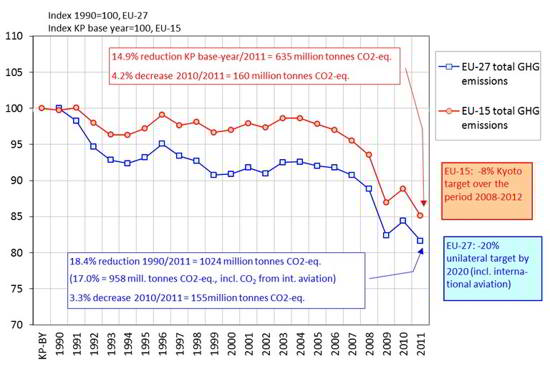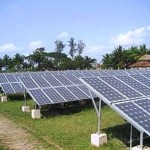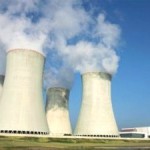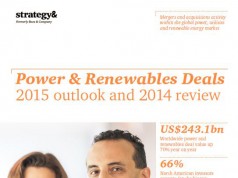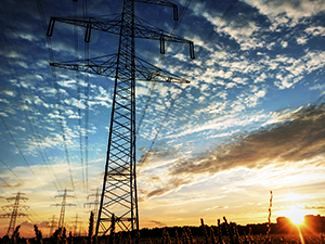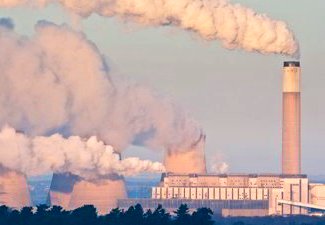
Greenhouse gases fell by 3.3% in the EU in 2011, leading to the lowest level of emissions in reports going back to 1990. The decrease in 2011 was also the third largest over this period, according to official data compiled by the European Environment Agency (EEA) and reported by the EU to the United Nations Framework Convention on Climate Change (UNFCCC).
The European Union’s total greenhouse gas emissions in 2011 were 18.4% below 1990 levels, according to the EU Greenhouse Gas Inventory. When international aviation is included, in line with the climate and energy package, greenhouse gas emissions fell 17% in the EU since 1990.
Jacqueline McGlade, EEA Executive Director (left EEA on May 31), said, “The greenhouse gas emissions cut in 2011 is good news, however, it was largely due to a warmer winter. Nonetheless, the EU is making clear progress towards its emission targets.”
She continued, “There was an increase in consumption of more carbon-intensive fuels such as coal, while hydroelectricity production and gas consumption decreased. If Europe is to achieve the transition towards a low-carbon society, it will need sustained investment in technology and innovation.”
Why were Greenhouse Gas Emissions Lower?
The 2011 emissions decrease was largely due to a milder winter in 2011 compared to 2010, which led to a lower demand for heating. The officially reported 2011 emissions were 3.3% lower than the previous year, while the EU experienced a 1.6% growth in GDP.
The reduction in emissions is larger than EEA’s estimates published last year, because the extent of the reduced heating demand only became apparent when complete and final energy data became available. The highest emission reductions were from homes and commerce.
Trends in EU Greenhouse Gas Emissions Compared to 1990/Kyoto Protocol Base Year
Other Findings
- Almost two thirds of the emission reduction in 2011 came from the United Kingdom, France and Germany. The largest increases in the absolute volume of emissions were in Romania, Bulgaria and Spain.
- Fossil fuel consumption decreased by 5% in the EU. However, the average carbon intensity of the fossil fuels used increased, with solid fuel consumption, such as hard coal and lignite, rising by almost 2% between 2010 and 2011. Liquid fuel consumption decreased by 4% and natural gas consumption fell by almost 11%. Biomass combustion increased by less than 1% in EU-27 in 2011.
- Consumption of energy from renewable sources had the second largest decline of the last 21 years in percentage terms, mainly due to significantly lower hydroelectricity production. Wind and solar, however, continued increasing strongly in 2011.
- Nuclear power’s contribution to electricity also declined in the EU in 2011 compared to 2010, mainly due to closure of power plants in Germany, according to Eurostat energy data.
- Road transport emissions continued to decline in 2011 for the fourth consecutive year. In contrast, emissions from international aviation and shipping increased in 2011.
Early Indications of 2012 Figures
Official total of EU greenhouse gas emissions inventory data submitted to the UNFCCC are only available up to 2011. However, there are other EU emission data sets which provide an increasingly complete picture of emission changes in 2012:
- Verified greenhouse gas emissions in sectors covered by the EU Emissions Trading System (EU ETS, covering approximately 40% of total EU greenhouse gas emissions) fell by 2% between 2011 and 2012;
- Early estimates published on May 29 by Eurostat and based on monthly energy statistics of carbon dioxide emissions from fossil fuel combustion (covering approximately 80% of EU total greenhouse gas emissions) also point to a 2.1 % decrease between 2011 and 2012;
- In early autumn, the EEA will publish the Approximated EU Greenhouse Gas Inventory, covering total EU emissions for 2012. This report will cover emissions of all gases from all major sectors reported under the UNFCCC. The report will be used by the EU to assess current progress towards emission targets;
- The official EU greenhouse gas inventory for 2012 will only become available in late May 2014 and will be officially submitted to the UNFCCC by the EU. As with this year, it will be the result of a compilation made by the EEA on behalf of the European Commission, in close collaboration with the EU Member States, the EEA’s European Topic Centre on Air Pollution and Climate Change Mitigation (ETC/ACM), the European Commission’s Joint Research Centre (JRC), Eurostat and Directorate-General Climate Action (DG CLIMA).
Check the following link for Annual European Union Greenhouse Gas Inventory 1990–2011 and Inventory Report 2013:
http://www.eea.europa.eu/publications/european-union-greenhouse-gas-inventory-2013
Source: EEA.

